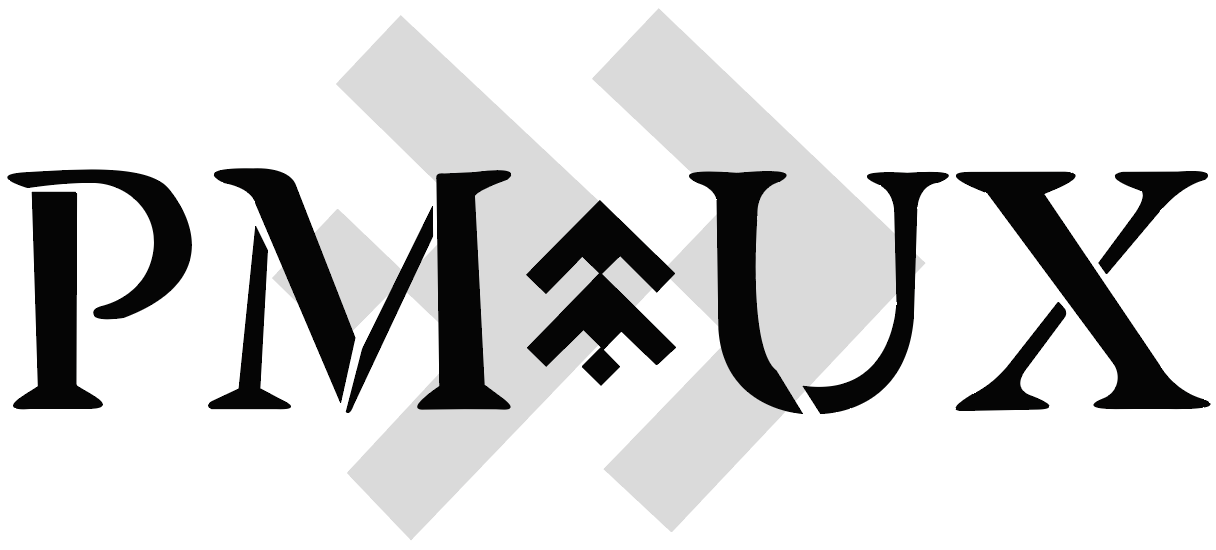My Design Process
Here’s a look at how I typically approach projects. While this is my usual process, it’s fully adaptable based on each project's unique needs—flexibility is always part of the plan.
Step 1: Ticket Kickoff & Alignment
Start with a clearly defined task in GitLab, Linear, Asana (or platform of choice), including acceptance criteria and a brief objective. I discuss and confirm the scope with stakeholders and refer to the BRD (if available)
Step 2: Problem Analysis
Understand the problem by breaking down the request, context, and technical constraints. This helps guide the research.
Step 3: Stakeholder & Team Insights
Meet with employees directly involved with the feature or stakeholders to gather real-world insight and expectations. I summarize findings in a shared doc or checklist for alignment.
Step 4: User Case & Journey Mapping
Based on what I learn, I define key user cases, build user personas, and map out journey flows to visualize the experience from the user’s perspective.
Step 5: Workflow Creation
With the logic in place, I map out detailed workflows to understand how each task functions across the platform.
Step 6: Design in Figma
I start designing UI components in Figma, following responsive design principles for different device sizes (from desktop to mobile). I use Auto Layout to ensure fluidity across breakpoints like 1512px, 1440px, 1280px, etc.
Step 7: Component System & Layouts
I then create reusable, responsive components. Once built, I organize layouts into pages depending on context and use case.
Step 8: Internal Review
I carefully review the design and tag the CTO, PM, or assigned developers. Then I schedule a demo to walk them through the work and gather feedback.
Step 9: User Testing
If time allows, I coordinate a round of user testing by recruiting participants, setting timeframes, and observing their interaction with the prototype.
Step 10: Feedback & Iteration
I collect observations from tests and stakeholder feedback, identify actionable changes, and revise the design accordingly.
Step 11: Final Demo & Handoff
After applying final feedback, I present the last version to stakeholders and developers, answer questions, and prep the handoff for dev implementation.
Thats all there is to it!
Every project is unique, and while this process gives a solid foundation, I always adapt it based on timelines, team needs, and project goals. From understanding the challenge to crafting thoughtful, user-centered solutions, I aim to design experiences that make a difference.
Curious to collaborate or want to chat?

